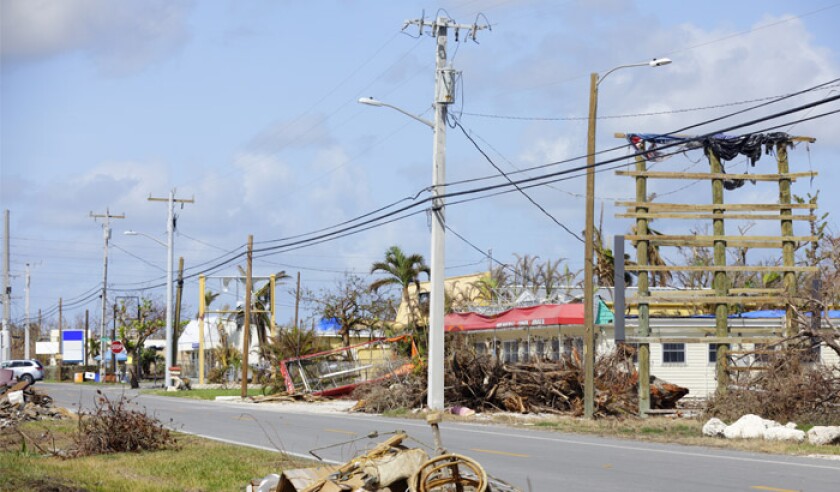Reflecting the easing of concerns around a crippling property BI-driven Covid-19 loss, the pandemic slipped down the agenda at sister title Trading Risk’s ILS Week event last week.
Instead,

Reflecting the easing of concerns around a crippling property BI-driven Covid-19 loss, the pandemic slipped down the agenda at sister title Trading Risk’s ILS Week event last week.
Instead,